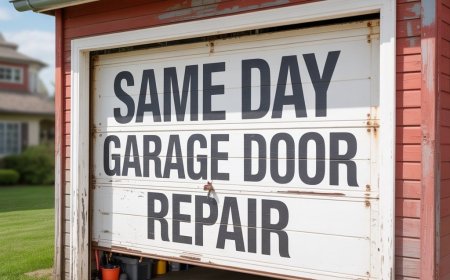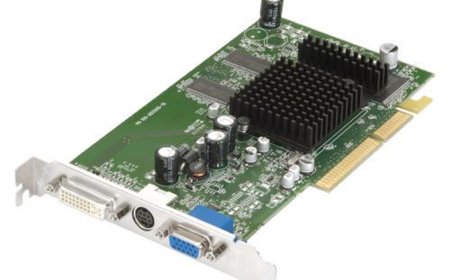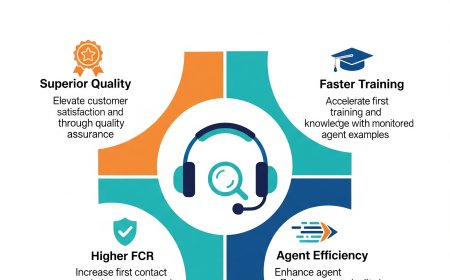7 Common DIY Credit Repair Mistakes and How to Avoid Them
Avoid the top mistakes in DIY credit repair. Learn smarter, legal ways to improve your score and protect your financial future.

Taking on your own credit repair is one of the most empowering financial decisions you can make. The Credit DIY path not only saves you hundreds or even thousands of dollars but also equips you with invaluable knowledge about how the credit system works. However, this path is filled with common pitfalls that can stall your progress, get your disputes thrown out, or even make things worse.
Successfully repairing your credit isn't just about sending letters; it's about strategy. By understanding and avoiding the most frequent mistakes, you can navigate the process like a pro and achieve the results you deserve.
Here are the seven biggest mistakes people make in DIY Credit Repair and how to do it right.
Mistake #1: The "Shotgun" Dispute Method
This is the most common rookie mistake. Frustrated by a low score, people pull their credit reports and dispute every single negative item at once, regardless of its accuracy. This is known as the "shotgun" approach.
-
Why It Fails: The Fair Credit Reporting Act (FCRA) allows credit bureaus to dismiss disputes they deem "frivolous or irrelevant." A sudden flood of disputes on every negative account is a massive red flag. The bureaus are likely to label your claims as frivolous and legally ignore your entire batch of disputes, setting you back to square one.
-
The Right Way: Be strategic and methodical. Start with the low-hanging fruit: clear and obvious errors like incorrect personal information, duplicate accounts, or accounts that aren't yours. Then, move on to high-impact items like collections or charge-offs. Prioritize quality over quantity. A well-documented dispute on a single, significant error is far more powerful than a dozen vague ones.
Mistake #2: Using Generic, Copied-and-Pasted Dispute Letters
A quick internet search reveals countless free "dispute letter templates." While these can be a starting point, using them verbatim is a critical error.
-
Why It Fails: Credit bureaus and creditors receive thousands of these generic letters every day. They recognize the boilerplate language instantly. These templates often lack the specific details needed for a proper investigation, making it easy for a creditor to "verify" the debt and for the bureau to reject your dispute.
-
The Right Way: Personalize and be specific. Your letter should be a formal, professional request for an investigation, not a generic complaint. Always include the specific account number, the creditor's name, and a clear, concise reason for your dispute. For example, instead of "This isn't mine," write "I am disputing account #12345 from ABC Collection because I have no record or knowledge of this debt, and I believe it may be the result of a mixed file." This is where modern Credit Repair Software excels by helping generate tailored, compliant letters based on your specific situation.
Mistake #3: Only Disputing with the Credit Bureaus
Most people know to send disputes to Equifax, Experian, and TransUnion. But stopping there is a missed opportunity that can lead to a frustrating cycle.
-
Why It Fails: When a credit bureau receives your dispute, it typically forwards it to the company that supplied the information (the "data furnisher"). If the furnisher simply responds by saying, "Yes, the data is correct," the bureau often closes the investigation in their favor.
-
The Right Way: Go directly to the source. In addition to disputing with the bureaus, send a separate dispute letter (again, via certified mail) directly to the original creditor or collection agency. If you can get the furnisher to acknowledge the error, they are legally obligated to notify all credit bureaus to correct or delete the information. This two-pronged attack doubles your chances of success.
Mistake #4: Ignoring the Power of a Paper Trail
In the digital age, its tempting to use the bureaus' online dispute portals. While convenient, they can strip you of some of your legal leverage.
-
Why It Fails: Online dispute systems are designed for simplicity, but they often limit the information you can provide and the documents you can upload. More importantly, it can be difficult to create an ironclad record of your communication. Phone calls are even worse, as there's no proof of what was said or agreed upon.
-
The Right Way: Use certified mail with a return receipt requested. This is the gold standard for DIY Credit Repair. It costs a few dollars per letter, but it provides a legal, time-stamped paper trail proving that the credit bureau or creditor received your correspondence. This receipt is your proof that their 30-day investigation clock has officially started.
Mistake #5: Setting It and Forgetting It
Credit repair is a process of persistent follow-up, not a one-time task. Sending your first round of letters and then hoping for the best is a recipe for failure.
-
Why It Fails: Creditors or bureaus may ignore your letter, hoping youll simply go away. Or, they may reject your dispute, and you won't know unless you are actively monitoring the outcome.
-
The Right Way: Be the squeaky wheel. Keep a meticulous calendar or spreadsheet tracking when you sent each letter. The FCRA gives bureaus 30 days to investigate. If you don't receive a written response with the results within 30-45 days, send a follow-up letter of non-response. If your dispute is denied, re-evaluate and plan your next attackperhaps a more detailed dispute or a direct challenge to the furnisher.
Mistake #6: Focusing Only on Deletions
Getting a negative item removed feels like a huge win, but its only half the battle. Your credit score is also heavily influenced by your positive credit history.
-
Why It Fails: A credit report with no negative items but also no positive, active credit lines won't produce a high score. Lenders want to see a history of responsible borrowing.
-
The Right Way: Build credit while you repair it. As you work to remove inaccuracies, actively build a positive payment history. Pay every single bill on time, every time. Keep your credit card balances low (below 30% of your limit is good; below 10% is excellent). If you have no open credit cards, consider getting a secured credit card to start building a fresh record of on-time payments.
Mistake #7: Believing It's All-or-Nothing: Manual Hell vs. Expensive Services
Many people feel trapped between two extremes: either drown in a sea of paperwork doing it all manually or pay a costly credit repair company. This false choice causes many to give up.
-
Why It Fails: The complexity of manual tracking and letter-writing is the number one reason people abandon their DIY Credit Repair efforts. Its not that they cant do it; its that the administrative burden becomes overwhelming.
-
The Right Way: Embrace the modern solution. You dont have to do it all by hand. Technology has bridged the gap, offering powerful tools that streamline the entire process without the high monthly fees.
The Smartest Path to Credit DIY: Power Up with CreditDIY
Avoiding these mistakes is the key to success, and the right tools can make it nearly foolproof. Instead of struggling with spreadsheets and templates, you can leverage a platform designed for results.
CreditDIY provides the ultimate solution for the modern credit warrior. Our platform combines intuitive Credit Repair Software with the intelligence of AI Credit Repair to automate the most difficult parts of the process.
-
Avoid Mistakes Automatically: Our AI analyzes your report and helps you build a strategic dispute plan, avoiding the "shotgun" approach.
-
Generate Powerful Letters: Forget generic templates. We create customized, compliant dispute letters tailored to your specific items.
-
Track Everything Effortlessly: Our dashboard manages your timelines and sends reminders, so you never miss a follow-up. We help you build that crucial paper trail.
You have the right to an accurate credit report. Don't let common mistakes stop you from claiming it. Take control, get organized, and use the smartest tools for the job.













































